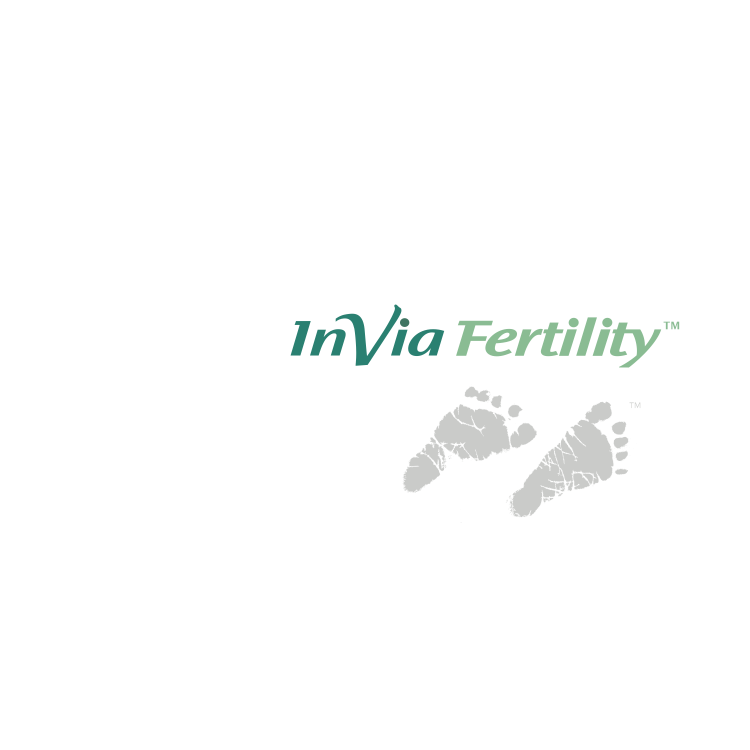
To identify the best time to get pregnant, it's necessary to understand ovulation cycles. A woman generally ovulates 14 days prior to her next menses. This means that a woman with twenty-eight day cycles will ovulate on cycle day-14. A woman with thirty-five day cycles will ovulate on cycle day-21 and one with twenty-one day cycles will ovulate on day-7 of her cycle.
Many women monitor their cycles, tracking changes in cervical mucus, sex drive, pain or mood. Studies have shown that using these, one is able to predict ovulation accurately no more than 50% of the time. Although there is no evidence supporting this, many couples will monitor ovulation and time intercourse in an attempt to increase the chance of conceiving.
Basal body temperature charts are not useful for timing intercourse. In a significant percentage of cycles, the temperature rise occurs 1 – 2 days after ovulation! This results in the couple missing the most fertile period of the cycle!
Cervical mucus changes are useful for monitoring ovulation. The volume of cervical mucus increases and it becomes slippery and clear in the period with “peak fertility.” Such mucus, however, is not a prerequisite for pregnancy to occur.
Several ovulation detection devices are currently available. They generally monitor urinary luteinizing hormone (LH) excretion and can be used to time intercourse. Ovulation generally will occur in the two days following the increase in LH secretion (“LH surge”).
Urinary LH kits may be useful to reduce time to conception in couples having infrequent intercourse by choice or circumstance. For most couples, monitoring changes in cervical mucus across the “fertile window” is better than basal body temperature charts and as accurate as urinary LH monitoring.
This easy-to-use online fertility calendar can help you identify your fertile window as well.
At InVia, monitoring ovulation is often done with the help of serial blood tests to measure estradiol, LH and progesterone levels along with follicular ultrasounds. This is done for monitoring natural cycles as well as cycles when the patient is on fertility medications. Ovulation is triggered with hCG (a subcutaneous injection), which acts as a surrogate LH surge. The "fertile" window is in the following 36 hours during which the couple is asked to have intercourse or intra-uterine insemination(s).

Dr. Karande is Board Certified in the specialty of Obstetrics and Gynecology as well as the subspecialty of Reproductive Endocrinology and Infertility. He is a Fellow of the American College of Obstetricians and Gynecologists and Member of the American Society for Reproductive Medicine.
Subscribe to our weekly blog digest

Entire Website © 2003 - 2020
Karande and Associates d/b/a InVia
Fertility Specialists

Comments